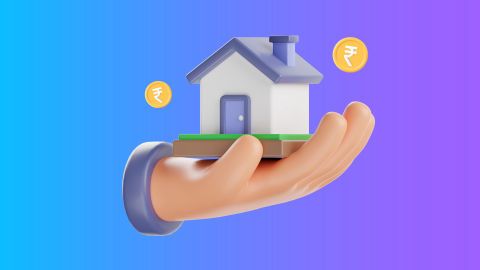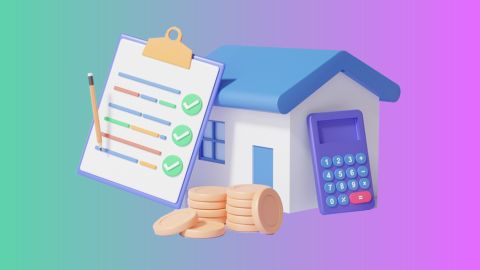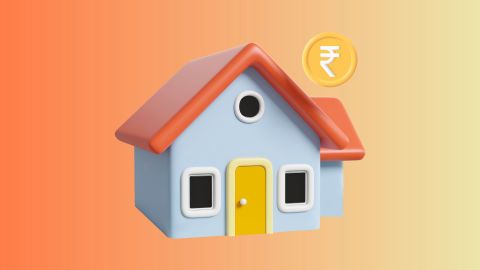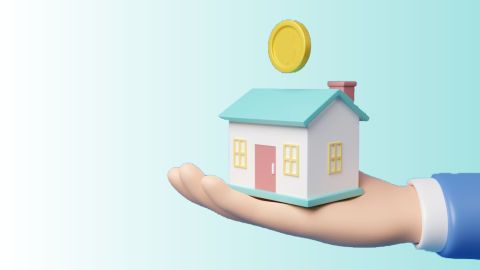Understanding mortgage payments
A mortgage payment typically consists of four components: principal, interest, taxes, and insurance (PITI). The principal is the loan amount that you borrowed, while the interest is the cost of borrowing that amount. Taxes refer to property taxes, which vary depending on your location, and insurance covers homeowner's insurance and possibly private mortgage insurance (PMI) if your down payment was less than 20%.Mortgage payments are structured to ensure that you gradually pay off both the principal and interest over the loan term. Initially, a larger portion of your payment goes towards interest, but over time, more of it is applied to the principal.
Factors affecting mortgage payments:
Several factors can influence your mortgage payments. One significant factor is the interest rate. A higher interest rate means higher monthly payments. Loan terms also plays a crucial role; longer terms typically have lower monthly payments, but higher total interest paid over the life of the loan.Another key factor is the property tax payment. Property taxes are determined by local governments and can vary greatly. Homeowners insurance costs and private mortgage insurance, if applicable, also affect your payments.
Moreover, the type of mortgage you choose—fixed-rate or adjustable-rate—can impact your payment stability. Fixed-rate mortgages have consistent payments, while adjustable-rate mortgages may fluctuate based on market conditions.
Types of mortgage payments:
Understanding the different types of mortgage payments can help you choose the best option for your financial situation. Here are the main types:Fixed-rate mortgages: These have a consistent interest rate and monthly payment for the life of the loan, providing stability and predictability.
Adjustable-rate mortgages (ARMs): These have interest rates that can change periodically, leading to variable monthly payments. ARMs typically offer lower initial rates but come with the risk of higher payments in the future.
Interest-only mortgages: With these, you pay only the interest for a certain period, usually 5-10 years. After that, payments increase significantly as you begin repaying the principal.
Balloon mortgages: These have lower monthly payments initially but require a large lump sum payment at the end of the loan term.
Calculating mortgage payments
Calculating your mortgage payments involves considering the principal amount, interest rate, loan term, and any additional costs like taxes and insurance. You can use an online EMI calculator to get an accurate estimate of your monthly payments.For instance, if you take a Loan Against Property from Bajaj Finance, you can calculate your EMIs and plan your finances accordingly. These calculators are easy to use and provide a clear picture of what to expect, helping you make informed decisions.
Tips for managing mortgage payments:
Managing mortgage payments effectively can save you money and reduce financial stress. Here are some tips to help you stay on top of your payments:Set up automatic payments: Automating your mortgage payments ensures you never miss a due date, avoiding late fees and penalties.
Create a budget: A detailed budget can help you manage your finances better and allocate funds for mortgage payments.
Pay extra when possible: Making additional payments towards the principal can reduce the loan term and save on interest.
Refinance: If interest rates drop, consider refinancing your mortgage to a lower rate to reduce monthly payments.
Utilise loan against property: Bajaj Finance offers a Loan Against Property, which can provide financial flexibility and help manage large expenses.
For more information on how to apply, check the how to apply section. Understanding eligibility criteria and required documents are crucial before applying.




